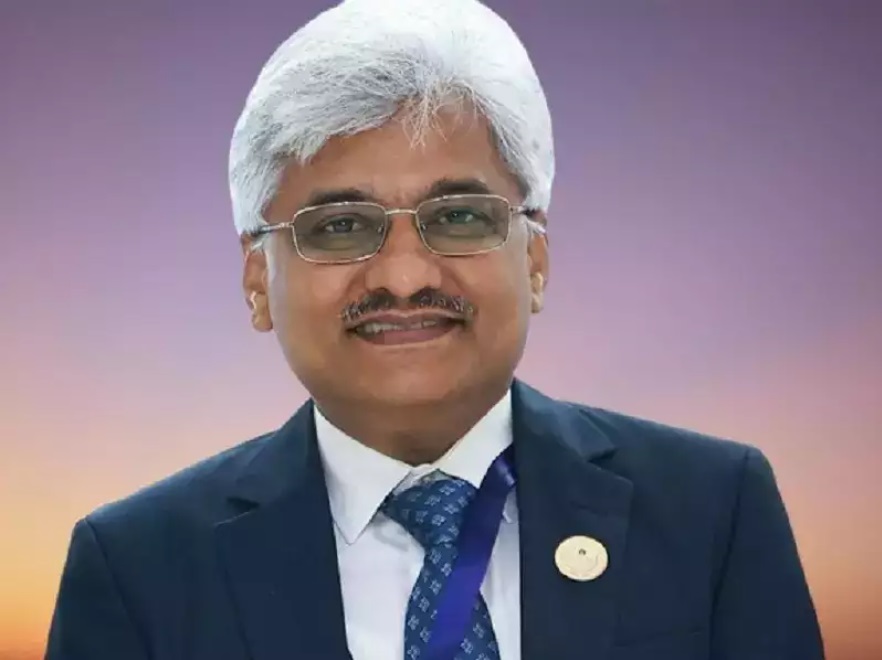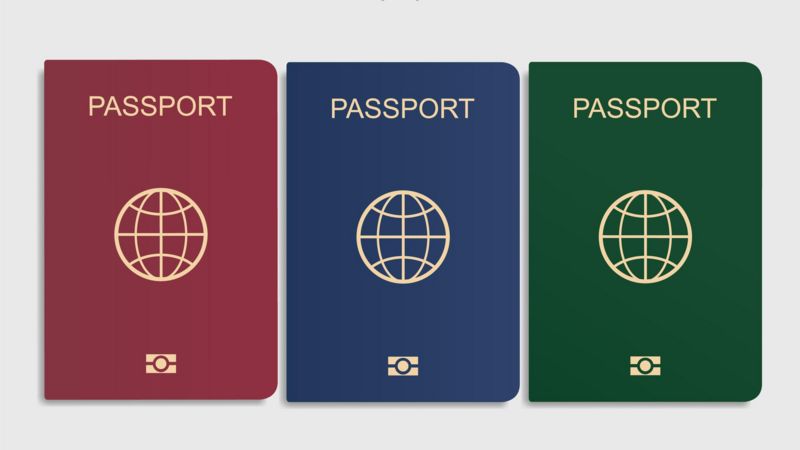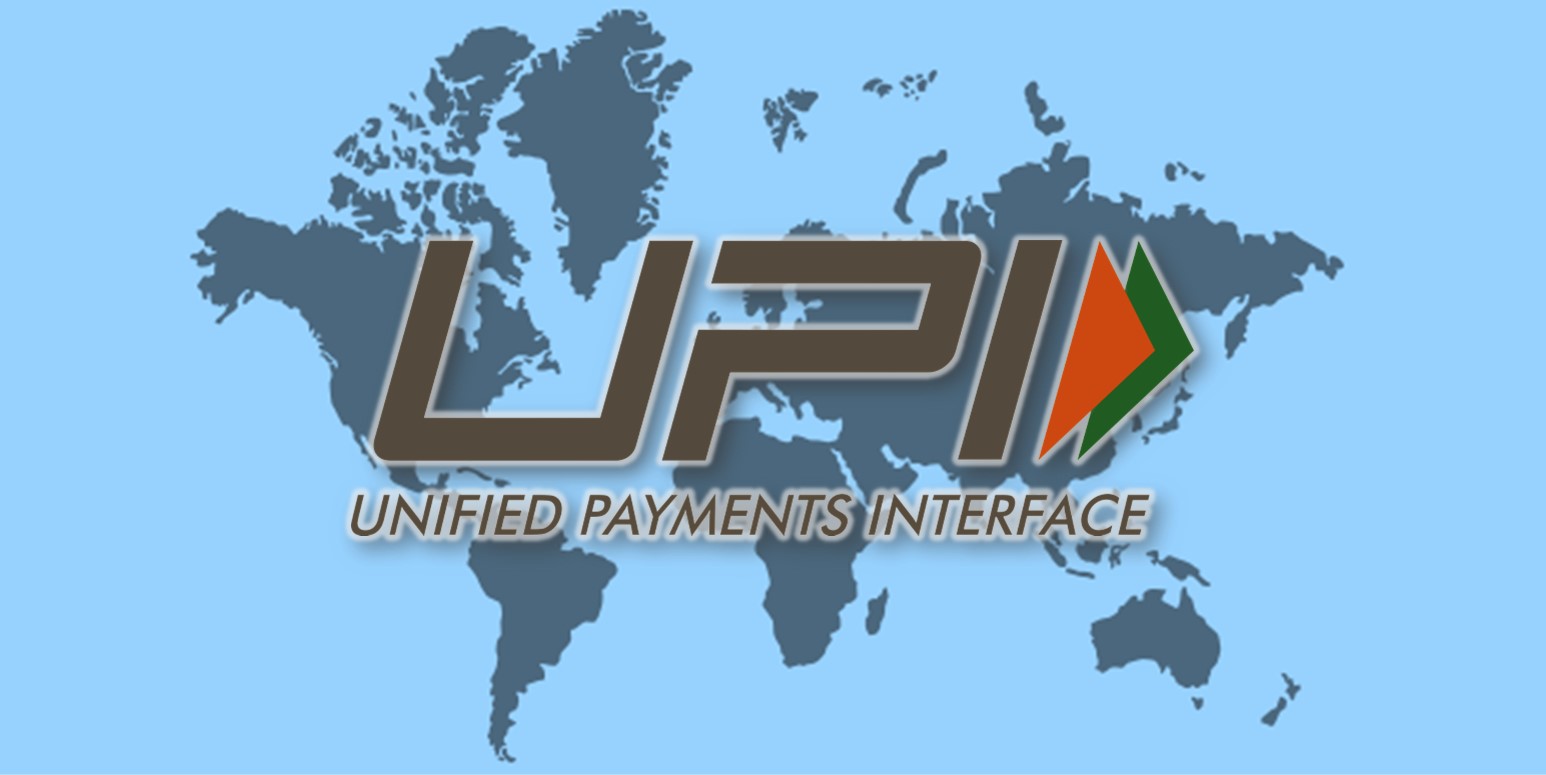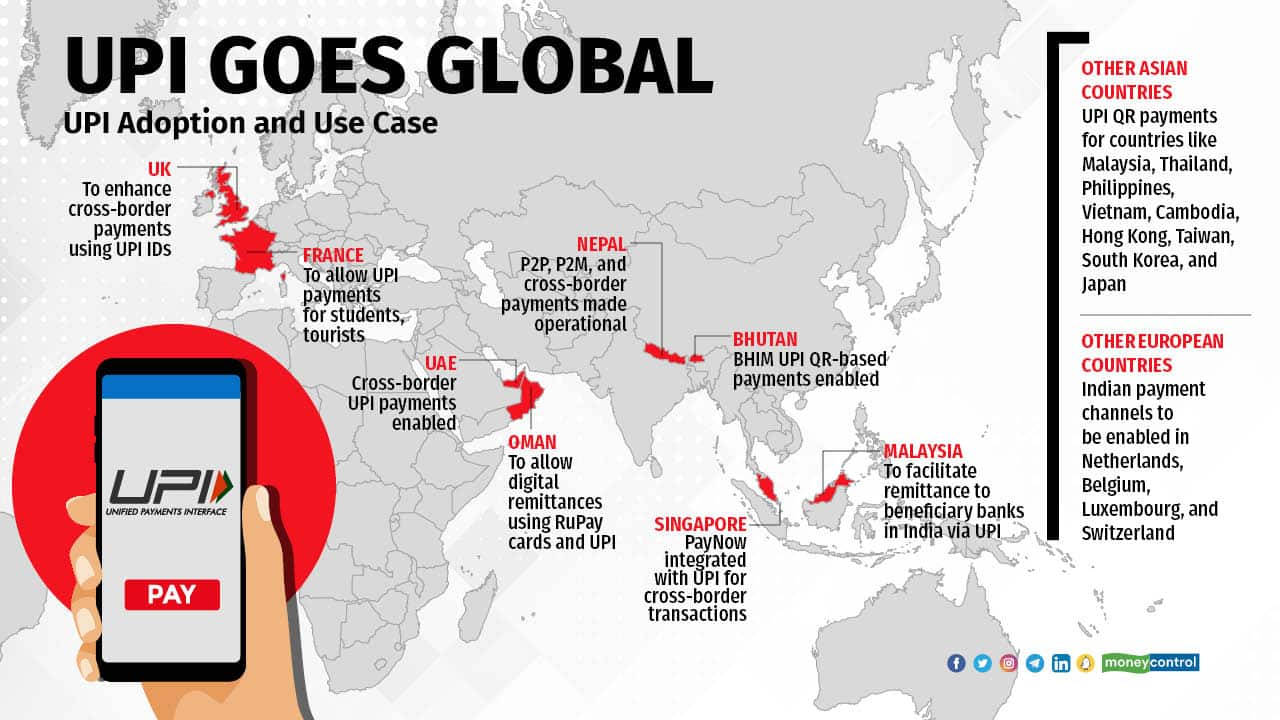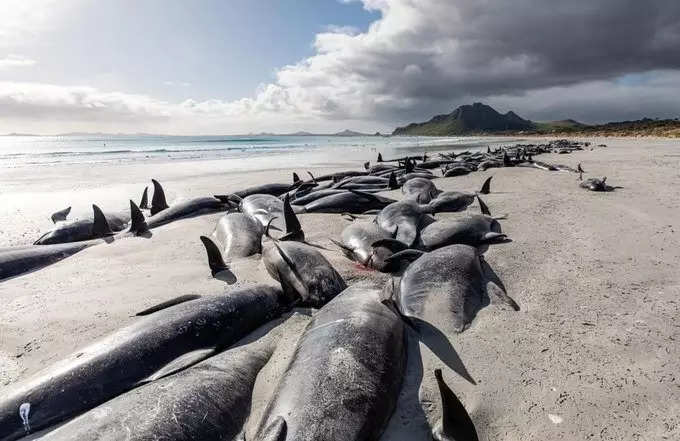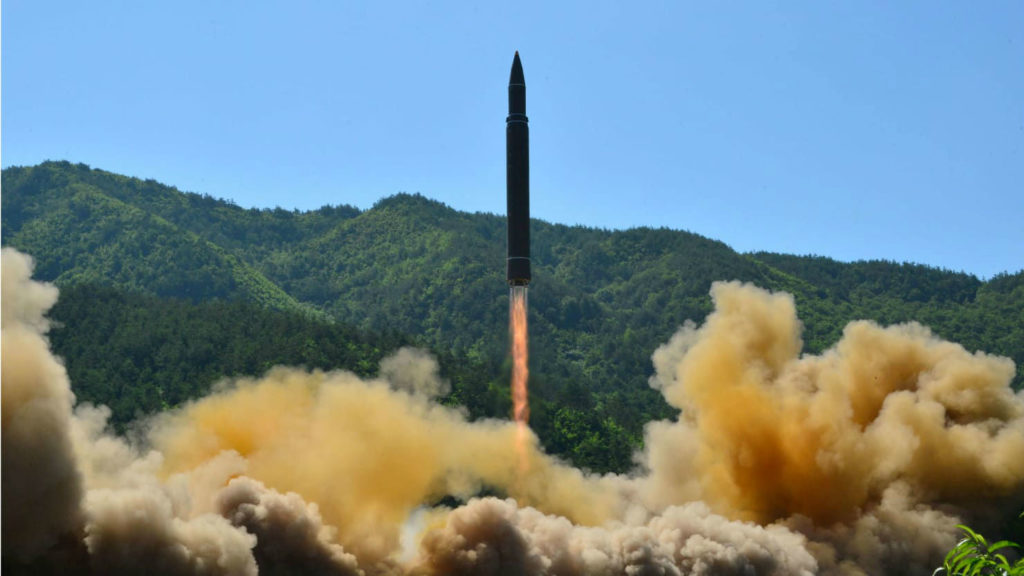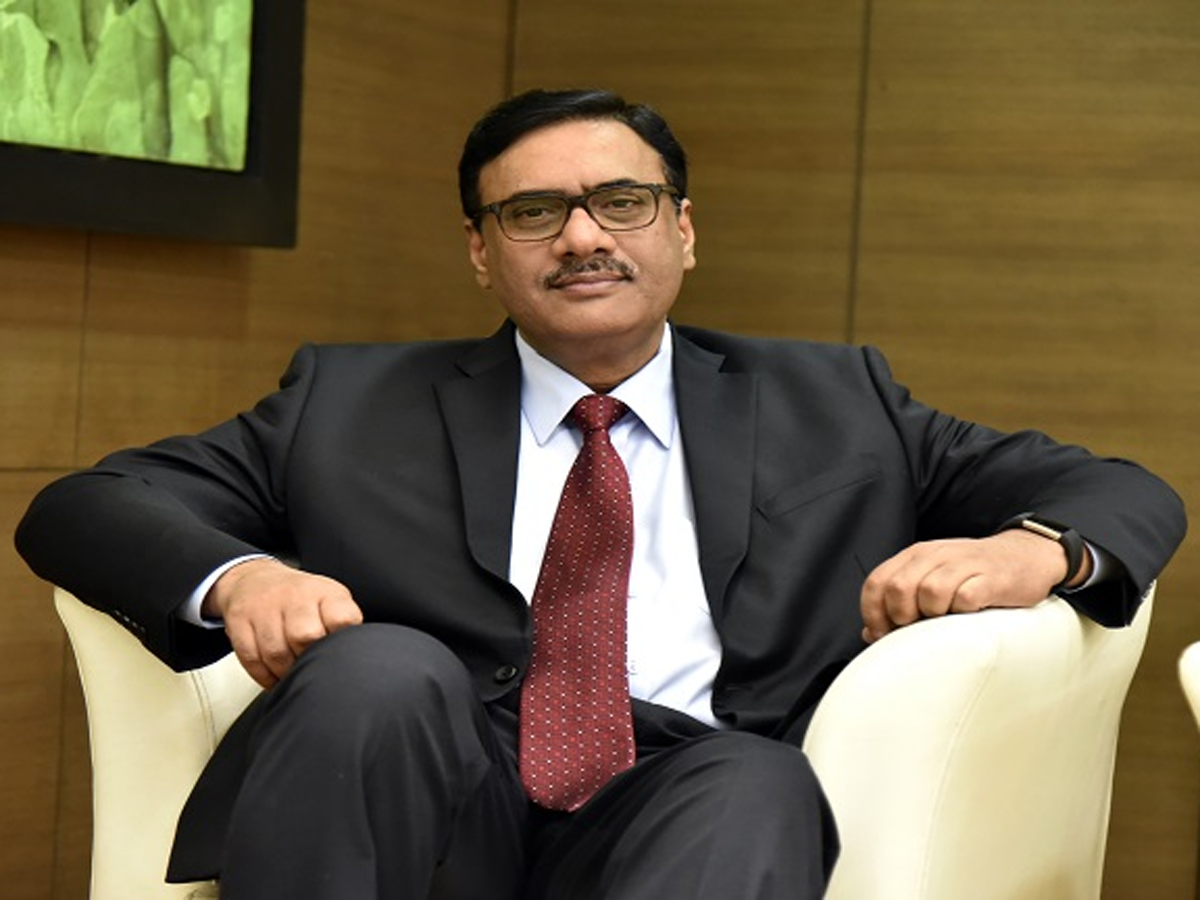India achieved a historic milestone at the recently concluded 25th Asian Athletics Championship 2023 in Bangkok, Thailand. The Championship took place from July 12 to 16. With an impressive tally of 27 medals, including six gold, 12 silver, and nine bronze, India secured the third position overall, following China and Japan. This remarkable achievement surpasses India’s previous record set in 2017 at Bhubaneswar, where they secured nine gold, six silver, and 12 bronze medals.
Medal Winners at the Championship
India garnered an impressive collection of 27 medals, comprising six gold, 12 silver, and nine bronze, highlighting their exceptional performance.
Here is the list of Gold Medal Winners
| Sno | Name | Event | Medal won |
| 1 | Jyothi Yarraji | 100m hurdles | Gold |
| 2 | Parul Chaudhary | 3000m steeplechase | Gold |
| 3 | Tajinderpal Singh Toor | Shot put | Gold |
| 4 | Abdulla Aboobacker | Triple jump | Gold |
| 5 | Ajay Kumar Saroj | 1500m | Gold |
| 6 | *Mixed Relay Team | 4x400m | Gold |
*Mixed Relay Team – Rajesh Ramesh, Aishwarya Mishra, Amoj Jacob, Subha Venkatesan
Here is the list of Silver Medal Winners
| Sno | Name | Event | Medal won |
| 1 | Jyothi Yarraji | 200m | Silver |
| 2 | Chanda | 800m | Silver |
| 3 | Parul Chaudhary | 5000m | Silver |
| 4 | Priyanka Goswami | 20km racewalk | Silver |
| 5 | Shaili Singh | Long jump | Silver |
| 6 | Abha Khatua | Shot put | Silver |
| 7 | Swapna Barman | Heptathlon | Silver |
| 8 | DP Manu | Javelin | Silver |
| 9 | M. Sreeshankar | Long jump | Silver |
| 10 | Sarvesh Anil Kushare | High jump | Silver |
| 11 | *Men’s relay Team | 4×400 | Silver |
| 12 | Krishan Kumar | 800m | Silver |
*Men’s relay Team – Amoj Jacob, Muhammed Variyathodi, Rajesh Ramesh, Mijo Kurian
Here is the list of Bronze Medal Winners
| Sno | Name | Event | Medal won |
| 1 | Manpreet Kaur | Shot put | Bronze |
| 2 | *Women’s relay team | 4x400m | Bronze |
| 3 | Ankita | 5000m | Bronze |
| 4 | Aishwarya Mishra | 400m | Bronze |
| 5 | Tejaswin Shankar | Decathlon | Bronze |
| 6 | Santhosh Kumar | 400m hurdles | Bronze |
| 7 | Vikash Singh | 20km racewalk | Bronze |
| 8 | Abhishek Pal | 10000m | Bronze |
| 9 | Gulveer Singh | 5000m | Bronze |
*Women’s relay team – Rezoana Mallick, Aishwarya Mishra, Jyothika Sri Dandi, Subha Venkatesan
In 2023, the Asian Athletics Association celebrates its 50th anniversary since its establishment. Japan achieved the highest medal count with 37 medals, including 16 gold, 11 silver, and 10 bronze. China secured the second position by winning a total of 22 medals, which included 8 gold, 8 silver, and 6 bronze.
Key takeaways for competitive examinations
- Edition of the 2023 Asian Athletics Championships: 25th
- Asian Athletics Association started in: 1973



